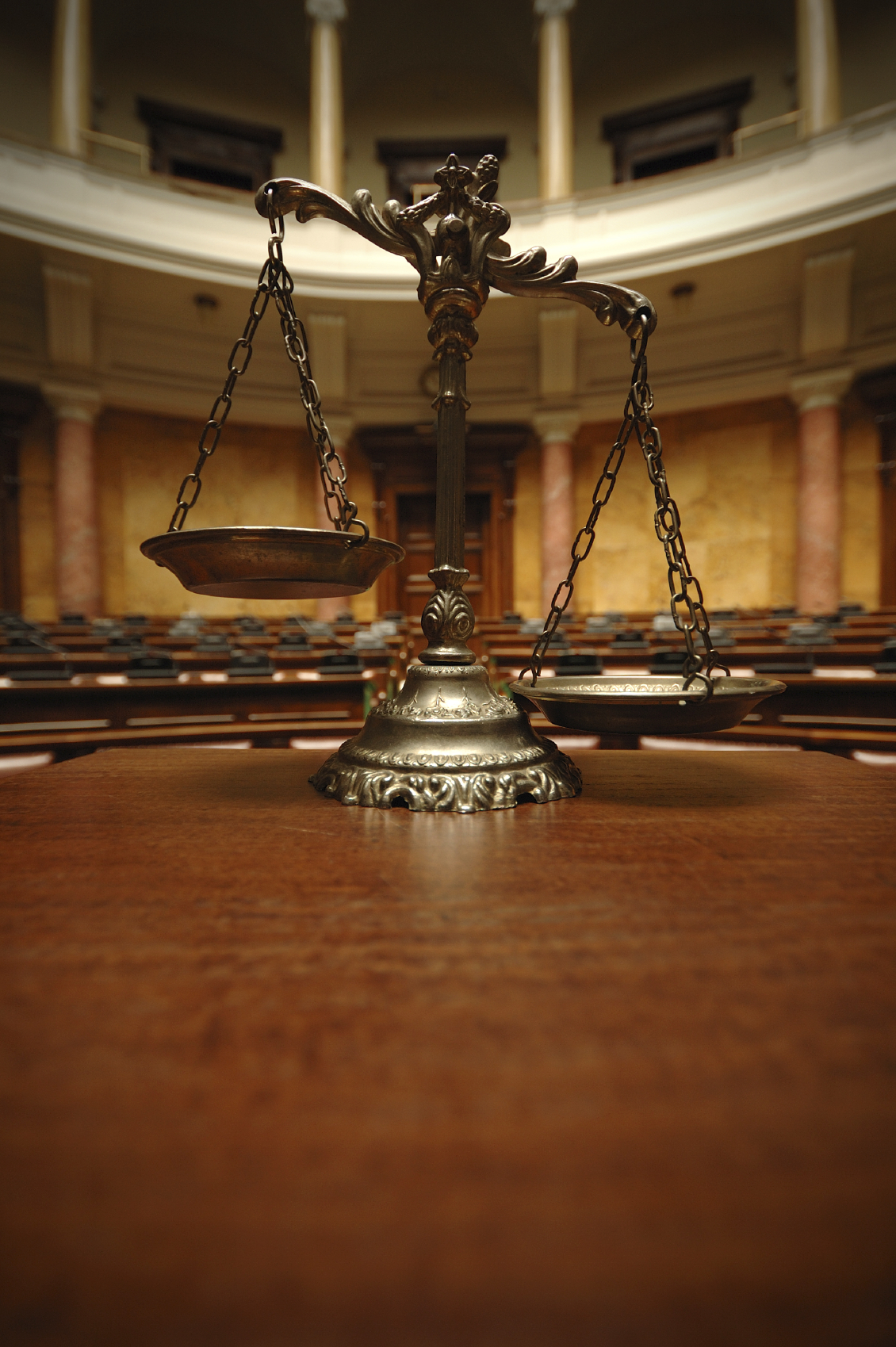
Greenhouse gas disposal techniques
By now, everyone is well aware of the atmosphere’s rising level of carbon dioxide (CO2), as well as the fact that this is increasing the average global temperature and causing climate change. While nations and corporations debate about whether or to what extent CO2 emissions can be reduced, it’s clear that at least a portion of that unwanted CO2 can be captured and liquefied (for example, as it’s produced by power plants and factories), preventing it from going into the atmosphere. Great, but then what? There’s way too much of it to just store it in giant tanks for eternity.
The process of storing carbon dioxide permanently in such a way that it cannot escape back into the atmosphere is known as carbon sequestration (or, sometimes, carbon dioxide sequestration). You may have heard the term in the news, but what does it really mean? Broadly speaking, there are two places one might put large quantities of unwanted carbon dioxide—in the oceans or underground. Techniques for getting the CO2 to its putative final resting place (and keeping it there) are in varying stages of development.
Ocean Storage
The world’s oceans already absorb unfathomable amounts of CO2; some researchers believe they could hold a great deal more with a little help. The upper part of the ocean typically has a fairly high concentration of CO2 (absorbed directly from the atmosphere), but at greater depths, the concentration is much lower. So one way to dispose of CO2 may be to inject it into deep ocean water. At depths over 3,000 meters or so, liquid or solid CO2 is denser than the surrounding water, meaning that it could sink all the way to the ocean floor. Closer to the surface, it would dissolve into the water, which wouldn’t be great because dissolved CO2 makes the water acidic, with detrimental effects on marine life. Liquid CO2 on the ocean floor may react with minerals there and form relatively harmless solid precipitates—or it may simply kill off organisms already living there. So it’s an idea, but not a risk-free one.
Geological Storage
Well, what about putting it in the ground? Merely burying CO2 is not good enough; in order for it to stay put, it has to be stored very deep in the ground, and somewhere that the gas cannot escape into the atmosphere. Some possibilities include:
- Saline Aquifers: An aquifer is a porous layer of rock that holds a large quantity of water—often saltwater. Inject CO2 deeply enough into an aquifer, and the surrounding pressure keeps it in liquid form. Meanwhile, an impermeable layer of solid rock above prevents the gas from being released back into the atmosphere. Although aquifer storage is expensive, it is likely to have less impact on the environment than ocean storage—and the CO2 can remain safely underground, theoretically, forever.
- Oil and Gas Reservoirs: If you can put carbon dioxide into an aquifer, you can also put it into a depleted gas or oil well. In fact, the technology to deliver CO2 into such wells has been in use for decades; pump CO2 into an oil well, for instance, and you can push out extra oil that would otherwise be unreachable. (Of course, that oil, when burned, will also contribute to CO2 overload, but the net effect should be positive.) As long as the CO2 is stored deep enough, it will remain as a liquid.
- Coal Seams: Most of the world’s coal deposits are located too deep in the ground for mining to be practical. When CO2 is injected into coal seams, the coal absorbs the gas. Meanwhile, in a manner similar to enhanced oil recovery, the process also pushes out methane gas, which can be used as a fuel (again, one that puts back some greenhouse gases back in the atmosphere—three steps forward, two steps back).
And then, of course, there’s a natural CO2 storage apparatus: forests. Trees are incredibly effective at absorbing carbon dioxide and creating oxygen, so planting (or replanting) millions of acres of forest could go a long way toward solving the CO2 problem—no drilling or high-tech research required. This is not technically sequestration, as you wouldn’t manually inject previously collected carbon dioxide into a tree—but it does have essentially the same net effect.
Carbon sequestration is not a magic bullet—it will help, sure, but as long as we keep pumping more CO2 into the atmosphere, we’re still making the problem worse. Furthermore, although all the potential terrestrial CO2 storage spots show some promise, the safety, capacity, and long-term effectiveness of carbon sequestration is ultimately unknown. At best, it will address only a small portion of the atmospheric CO2 surplus; at worst, we may find that something we thought we buried comes back to haunt us. (If you want to be really sure carbon never escapes again, you could compress it all the way into diamonds. That’s possible, but requires too much energy to be feasible.)
Note: This is an updated version of an article that originally appeared on Interesting Thing of the Day on December 17, 2004.
Image credit: LeJean Hardin and Jamie Payne – derivative work: Jarl Arntzen [CC BY-SA 3.0], via Wikimedia Commons
![]()
Go to Source
Author: Joe Kissell


